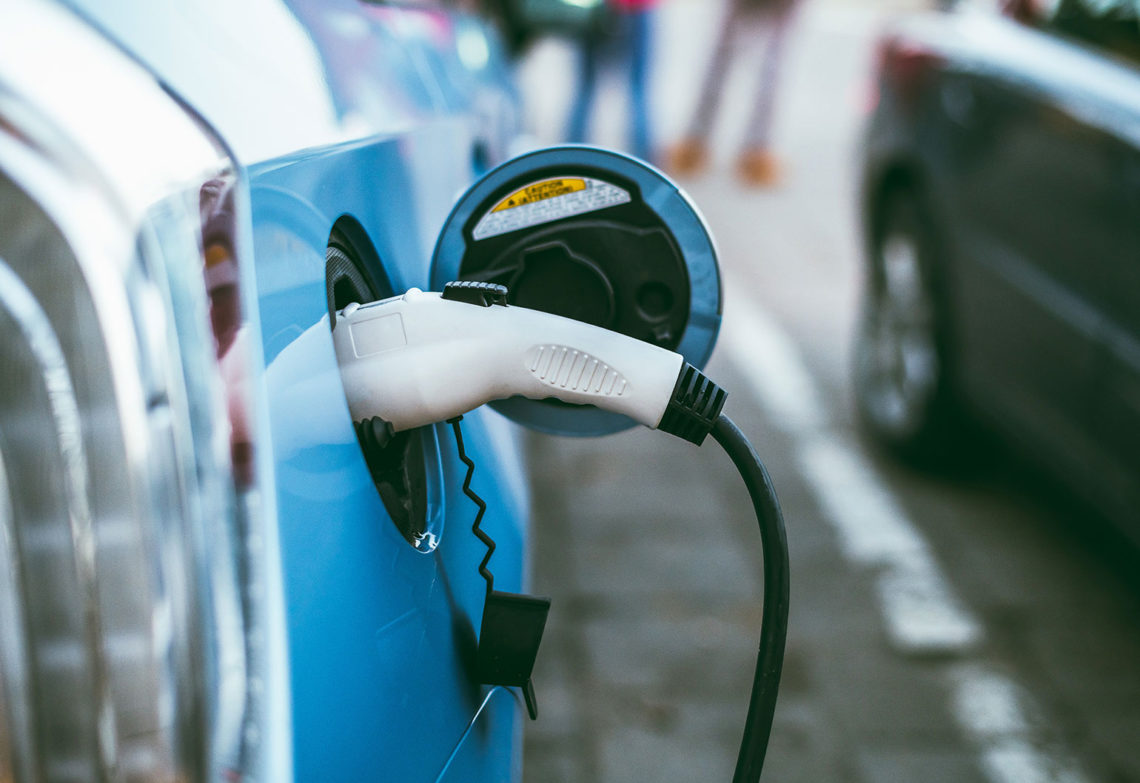Engineers have developed a battery that provides enough charge in just 10 minutes to drive an electric vehicle from Sydney to Canberra – and beyond.
Electric vehicles (EVs) look to be the way of the future, with 2.1 million sold globally in 2018. And in Norway, 60 per cent of new cars sold this past March were electric.
One disadvantage of EVs to date has been long battery recharging times and the associated ‘range anxiety’, or the fear of running out of electricity before reaching a charging station. Even at ‘supercharger’ stations, cars still require up to 50 minutes to top up their batteries.
But a new battery developed in the US is set to change this.
At Penn State University, engineers have designed an EV battery that can give drivers 200 to 300 miles (approximately 320 to 480 kilometres) of range from just a 10-minute charge.
“Fast charging is the key to enabling widespread introduction of electric vehicles,” said Chao-Yang Wang, Director of the Electrochemical Engine Center at Penn State, who worked on the battery.
“The 10-minute trend is the future and is essential for adoption of electric vehicles because it solves the range anxiety problem.”
Previously, a critical barrier to extreme fast charging technology has been the lithium plating that can occur at high charging rates, which involves lithium depositing in spikes on the anode surface rather than being smoothly inserted into the carbon anodes. This reduces cell capacity, causes electrical spikes and leads to unsafe battery conditions.
The new design works using asymmetric temperature modulation, where the charging device is heated to 60º C for just 10 minutes and then rapidly cooled to ambient temperatures. This allows for faster recharging while avoiding lithium plating, and limiting the exposure time at 60º C to just 10 minutes per cycle avoids degrading the battery.
If 10 minutes wasn’t quick enough, the team is now working on reducing the charge time to just five minutes, making it a serious competitor to petrol refuelling times.
Powering up
EV sales across the globe might be on the up, but take-up has been somewhat slower in Australia. Of the 2.1 million global EV sales in 2018, only 2216 were sold here. Increased consumer choice might change this over coming years, with 31 models expected to be available in Australia by the end of 2020.
The availability of public charging infrastructure is also increasing. The national network now comprises 1930 EV charging stations, including 17 fast charging stations between Coolangatta and Cairns as part of Queensland’s Electric Super Highway.
Further afield, 2800 charging stations are planned across 500 locations in the US, and Brisbane-based Tritium, an enterprise that designs and manufactures EV fast chargers, is set to supply 100 high-power charging sites across European highways, connecting major transport links across Germany, France, the UK, Norway and Sweden.




One-year- or even 6-month-old information on the subject of electric vehicle uptake is likely to be incorrect and misleading. The number is EVs in Australia will have doubled in a few months with the arrival of Tesla Model 3. Range anxiety is not a thing with reasonable sized battery and adequately spaced chargers. Recharge speeds are also not an issue on a trip, when the car is plugged in and a break that is hardly different to a break taken in an ICE vehicle.. Fuelling an EV is cheaper (much cheaper with free supercharging) so there is more money to enjoy a meal, or visit an attraction, or shop, or many other options, while charging is happening. All up EVs are a much better way to travel.
This article does not mention the elephant in the room. Sure, you may be able to design a battery that will charge in ten minutes – but what about the charger? A long range battery is going to have an energy storage rating of around 75kWH. To delivery that amount of energy in ten minutes is going to require a charger with a capacity of 0.5MW – this is a serious power supply – for a domestic single phase supply it is over 2000A ..- that’s some heavy duty cabling…
In relation to Derrick Hitchins article on congestion charging, it is interesting to note that State government agencies have been working on congestion charging concepts for many years. The issues which are delaying its introduction are primarily political. Charging road users for their use of the roads is the fairest and most equitable way, particularly when the time of use is taken into account since the costs of using roads during peak periods is far greater than during off-peak.
Another significant benefit to be derived from current capabilities is that time of use charging could be applied anywhere in a city where there is congestion. This would provide much greater ability to manage congestion throughout a city. Cordon charging of a CBD would only address part of the problem in most world cities, including Sydney and Melbourne.